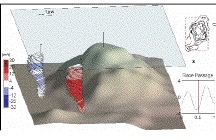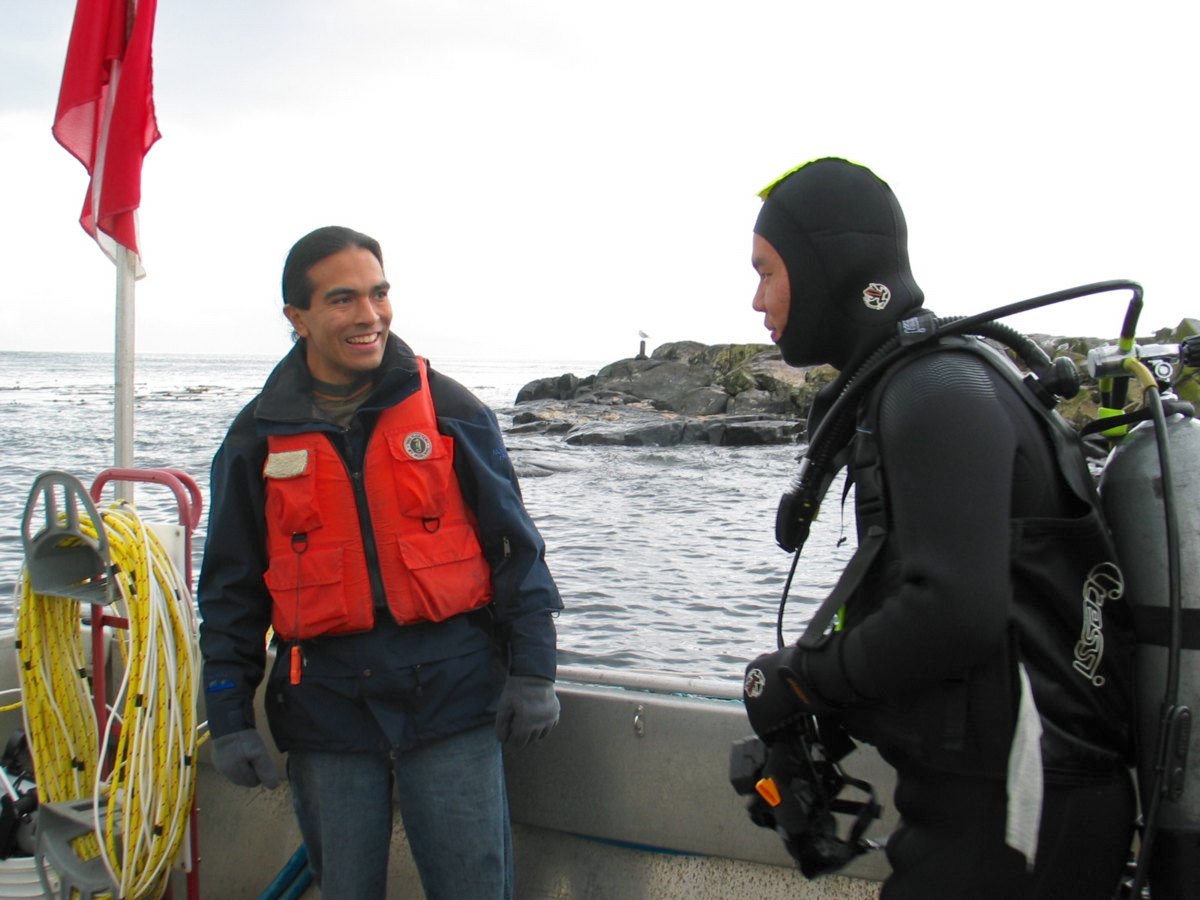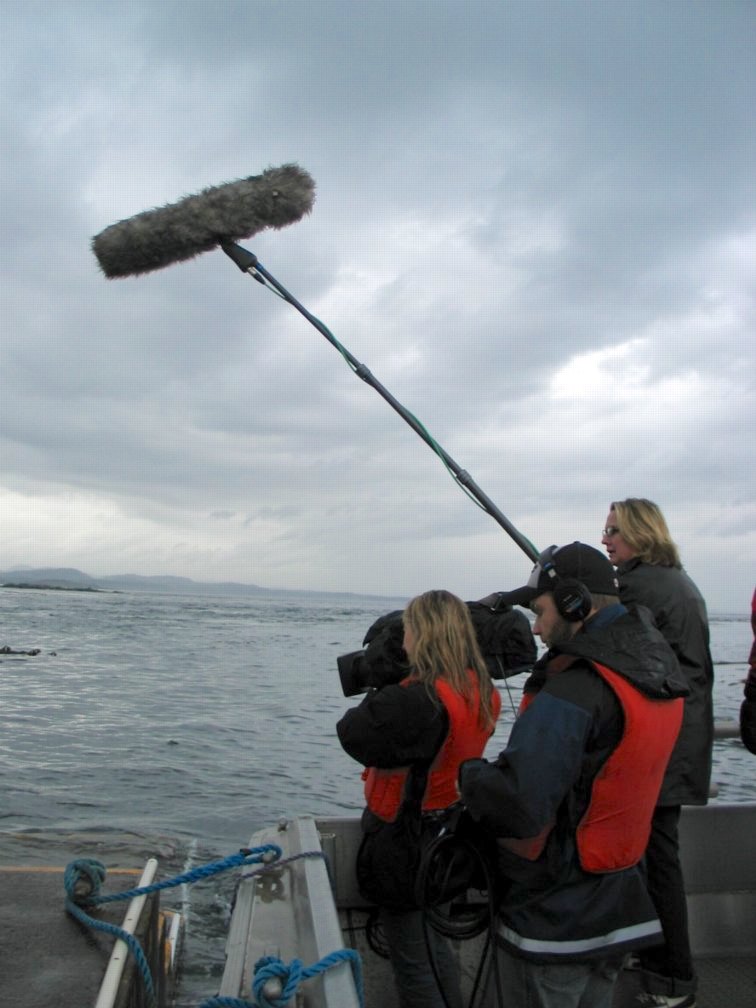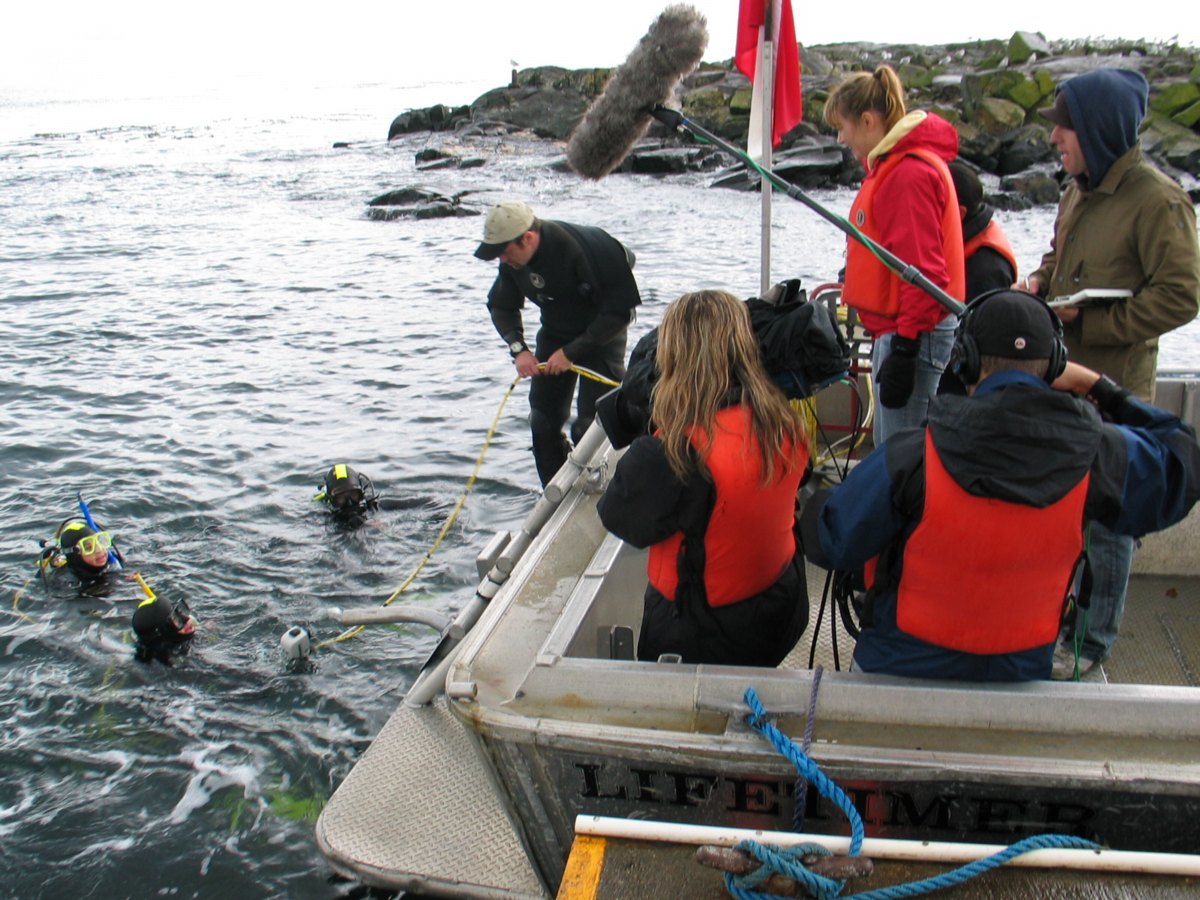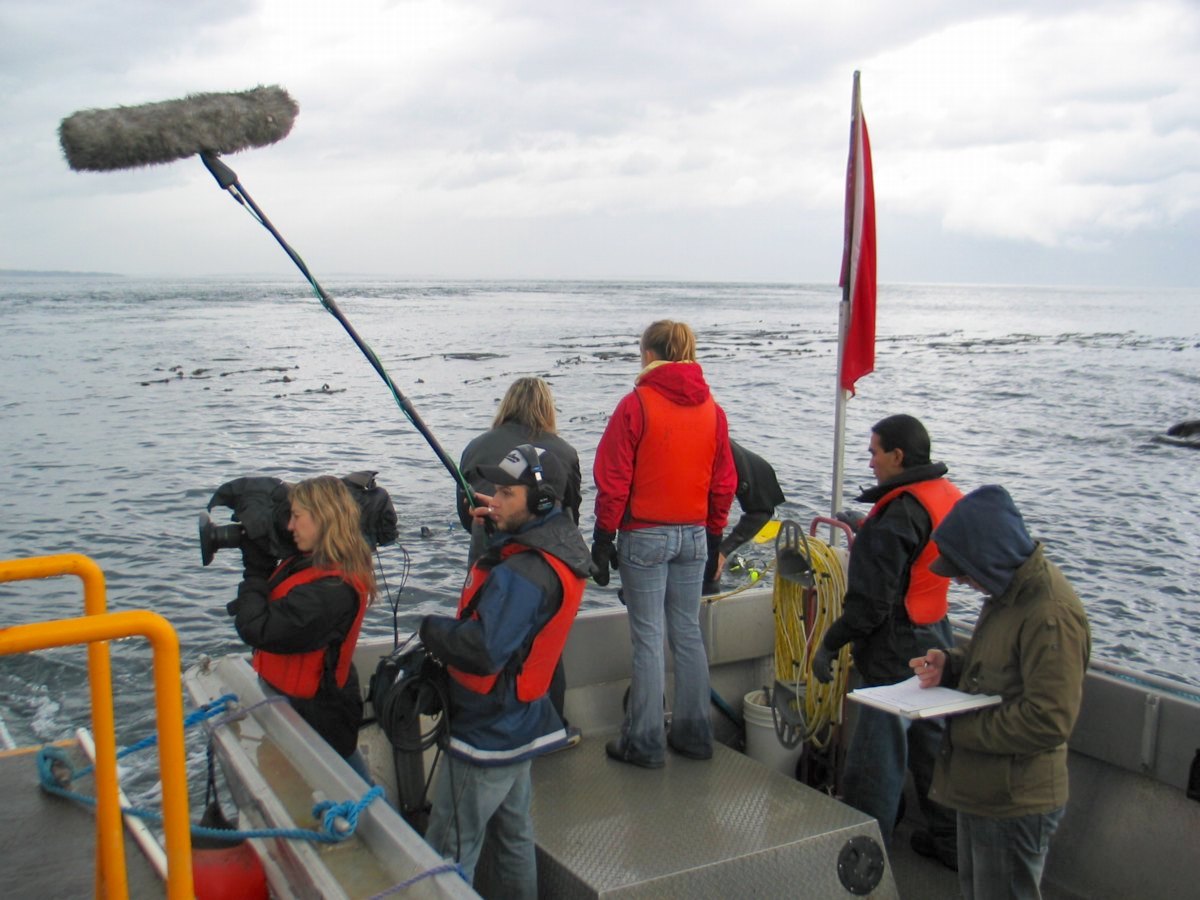doi: 10.1175/JPO2799.1
October, 2005,
Journal of Physical Oceanography: Vol. 35, No. 10, pp. 1911–1927.
Stratified Tidal Flow over a Bump
RICHARD DEWEY
School of Earth and Ocean Sciences, University of Victoria,
Victoria, British Columbia, Canada
DAVID RICHMOND AND CHRIS GARRETT
Department of Physics and Astronomy,
University of Victoria,
Victoria, British Columbia, Canada
(Manuscript received 8 October 2004, in final form 22 April 2005)
ABSTRACT: The interaction of a stratified flow with an isolated topographic feature can introduce numerous distur- bances into the flow, including turbulent wakes, internal waves, and eddies. Measurements made near a “bump” east of Race Rocks, Vancouver Island, reveal a wide range of phenomena associated with the variable flow speeds and directions introduced by the local tides. Upstream and downstream flows were observed by placing two acoustic Doppler current profilers (ADCPs) on one flank of the bump. Simulta- neous shipboard ADCP surveys corroborated some of the more striking features. Froude number conditions varied from subcritical to supercritical as the tidal velocities varied from 0.2 to 1.5 m s1. During the strong ebb, when the moored ADCPs were located on the lee side, a persistent full-water-depth lee wave was detected in one of the moored ADCPs and the shipboard ADCP. However, the placement of the moorings would suggest that, by the time it appears in the moored ADCP beams, the lee wave has been swept downstream or has separated from the bump. Raw ADCP beam velocities suggest enhanced turbulence during various phases of the tide. Many of the three-dimensional flow characteristics are in good agreement with laboratory studies, and some characteristics, such as shear in the bottom boundary layer, are not.
See the full version of this paper at:

